 Think before you act. We have all heard this advice. But, thinking before you act can be difficult. Sometimes, emotions and the heat of the moment prompt you to react before you think. A common example of this occurrence is in road rage altercations. It is easy to get upset when you get cut off or a person pulls out in front of you. But the legal ramifications of acting on those emotions can be dire. A recent case out of the First Circuit Court of Appeal for the State of Louisiana illustrates one type of legal consequence that could happen when emotion turns to violence.
Think before you act. We have all heard this advice. But, thinking before you act can be difficult. Sometimes, emotions and the heat of the moment prompt you to react before you think. A common example of this occurrence is in road rage altercations. It is easy to get upset when you get cut off or a person pulls out in front of you. But the legal ramifications of acting on those emotions can be dire. A recent case out of the First Circuit Court of Appeal for the State of Louisiana illustrates one type of legal consequence that could happen when emotion turns to violence.
It all began in Ascension Parish when Clifford Barr, driving his pickup truck, attempted to make a left turn into a parking lot. Mr. Barr’s left turn was blocked by Ray Schexnayder, who was trying to make a left turn out of the parking lot’s entrance. As Mr. Barr attempt to make the left hand turn into the parking lot, Mr. Schexnayder simultaneously exited the parking lot, turning left as well. Both vehicles narrowly escaped hitting each other. After the near miss, both Mr. Barr and Mr. Schexnayder started exchanging words. This conversation quickly became heated. Mr. Barr, after exchanging words, continued into the parking lot. Mr. Schexnayder followed Mr. Barr into the parking lot. While in the parking lot, Mr. Schexnayder exited his pickup truck, proceeded to Mr. Barr’s vehicle, and then stuck his head through the open window of Mr. Barr’s vehicle. At this point, the facts are unclear. Both Mr. Barr and Mr. Schexnayder claim that the other person threw a punch. Regardless of who punched first, a fight ensued. In the fight, Mr. Barr sustained a nose injury when Mr. Schexnayder bit Mr. Barr on the nose.
Mr. Barr filed a lawsuit against Mr. Schexnayder for damages he sustained in the parking lot altercation. At trial, the trial court awarded damages in the amount of $25,005.00 to Mr. Barr. The trial court found Mr. Barr to be a more credible witness and believed Mr. Barr’s story that Mr. Schexnayder threw the first punch. Mr. Schexnayder, disagreeing with the trial courts determination, appealed its decision.
 Louisiana Personal Injury Lawyer Blog
Louisiana Personal Injury Lawyer Blog


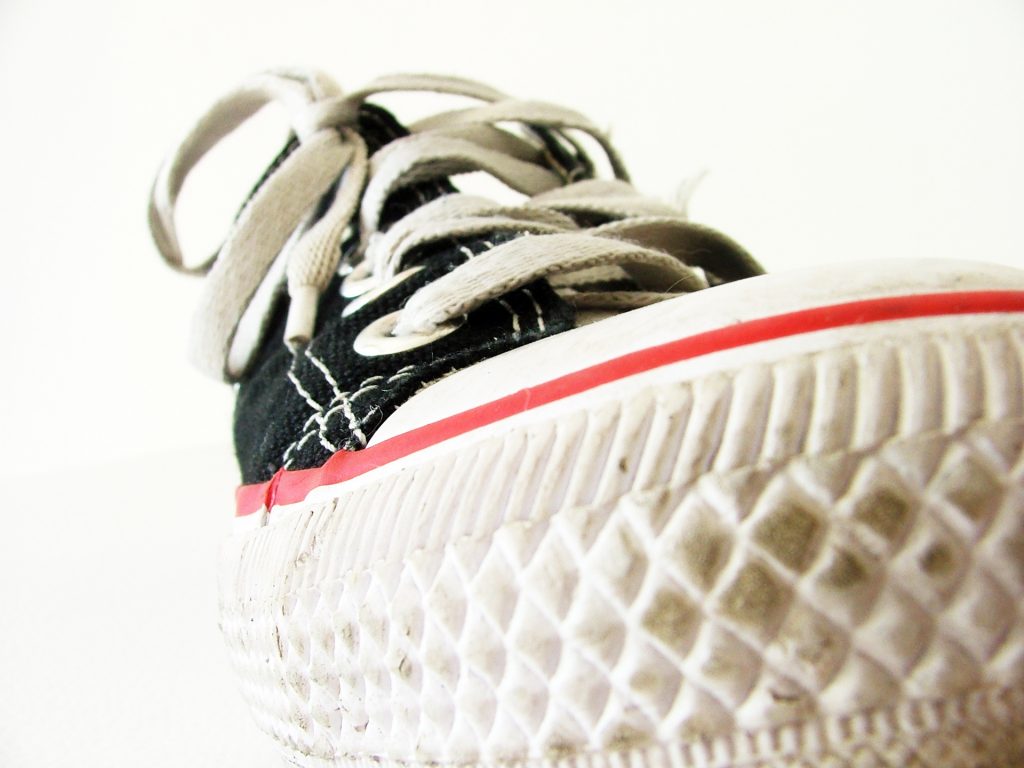 When bringing a personal injury lawsuit a plaintiff must prove that the defendant in the lawsuit caused the injury. Often, when an injury involves two parties, the question of who caused the injury has a relatively straightforward answer. However, problems arise when the circumstances surrounding the injury involve multiple parties. A recent case out of the Louisiana First Circuit Court of Appeal illustrates the complexity of proving who caused an injury when multiple parties are involved.
When bringing a personal injury lawsuit a plaintiff must prove that the defendant in the lawsuit caused the injury. Often, when an injury involves two parties, the question of who caused the injury has a relatively straightforward answer. However, problems arise when the circumstances surrounding the injury involve multiple parties. A recent case out of the Louisiana First Circuit Court of Appeal illustrates the complexity of proving who caused an injury when multiple parties are involved.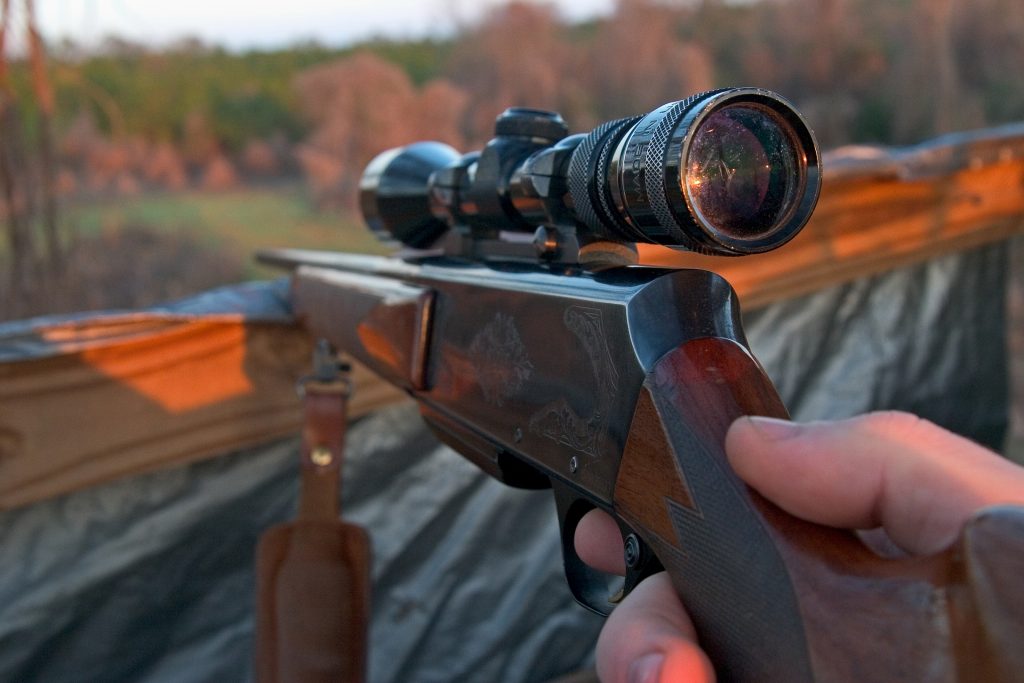 What do injured parties do when products are defective and unreasonably damaged? In Louisiana, injured parties may file lawsuits against a manufacturer for damages caused by his products. The following case out of the Western District of Louisiana describes the Louisiana Products Liability Act (“LPLA”).
What do injured parties do when products are defective and unreasonably damaged? In Louisiana, injured parties may file lawsuits against a manufacturer for damages caused by his products. The following case out of the Western District of Louisiana describes the Louisiana Products Liability Act (“LPLA”). In the midst of a very active hurricane season, it is important to remember that Louisiana is no stranger to this type of inevitable damage. However, the dangers involved in disaster clean-up efforts are often forgotten, and far too often people who aid in these efforts aren’t compensated fairly when things turn awry. A recent lawsuit helped linemen who faced similar dangers recover for injuries they sustained during a disaster clean-up.
In the midst of a very active hurricane season, it is important to remember that Louisiana is no stranger to this type of inevitable damage. However, the dangers involved in disaster clean-up efforts are often forgotten, and far too often people who aid in these efforts aren’t compensated fairly when things turn awry. A recent lawsuit helped linemen who faced similar dangers recover for injuries they sustained during a disaster clean-up.  Lawsuits often appear to be complicated and complex, but what many people don’t know is that the outcome of a lawsuit can often be determined by a simple matter of logistics. The who, what, when, where and why of a situation can make the difference between winning and losing a case. For instance, a simple matter of jurisdiction was the deciding factor in a case brought by a South Louisiana man and his wife.
Lawsuits often appear to be complicated and complex, but what many people don’t know is that the outcome of a lawsuit can often be determined by a simple matter of logistics. The who, what, when, where and why of a situation can make the difference between winning and losing a case. For instance, a simple matter of jurisdiction was the deciding factor in a case brought by a South Louisiana man and his wife.  Owning a business can be a daunting task and often times requires the assistance of outside contractors to complete various maintenance items and to aid in the upkeep of the premises. However, many merchants and customers fail to realize that the merchant may be liable for the actions of a subcontractor. Just how liable was the subject of a recent lawsuit out of New Iberia.
Owning a business can be a daunting task and often times requires the assistance of outside contractors to complete various maintenance items and to aid in the upkeep of the premises. However, many merchants and customers fail to realize that the merchant may be liable for the actions of a subcontractor. Just how liable was the subject of a recent lawsuit out of New Iberia. 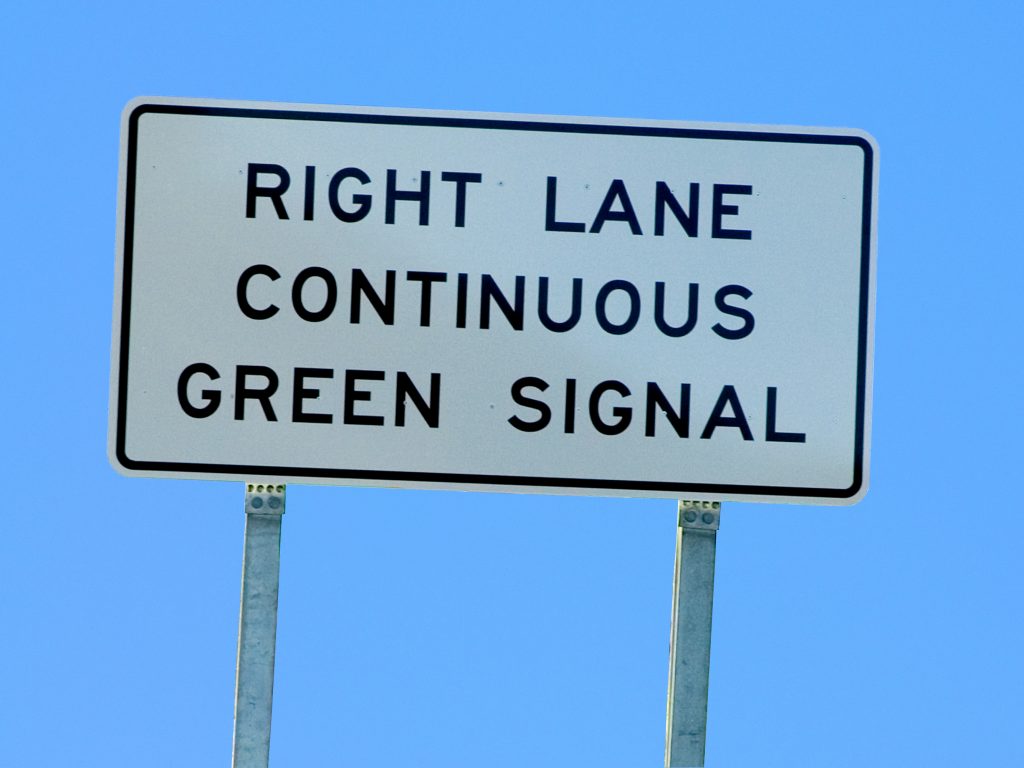 Drivers always have a duty to drive with a standard of care that can ensure the cars immediately around them are safe from a collision. But how far does that duty reach? That was the question when a Parish of Calcasieu man entered the highway from the shoulder which resulted in only the first and second cars behind him to slow down, while a third following car was forced off of the road.
Drivers always have a duty to drive with a standard of care that can ensure the cars immediately around them are safe from a collision. But how far does that duty reach? That was the question when a Parish of Calcasieu man entered the highway from the shoulder which resulted in only the first and second cars behind him to slow down, while a third following car was forced off of the road.  When multiple companies work together on a project that causes an injury how is liability decided between the companies? That was the case when two Parish of Jackson truck drivers and their trucks were sprayed with acid from a broken hose. The two companies in charge of the project pointed the finger at each other and tried to avoid liability. This case deals with issues of negligence in inspection and the importance of causation in a negligence claim.
When multiple companies work together on a project that causes an injury how is liability decided between the companies? That was the case when two Parish of Jackson truck drivers and their trucks were sprayed with acid from a broken hose. The two companies in charge of the project pointed the finger at each other and tried to avoid liability. This case deals with issues of negligence in inspection and the importance of causation in a negligence claim.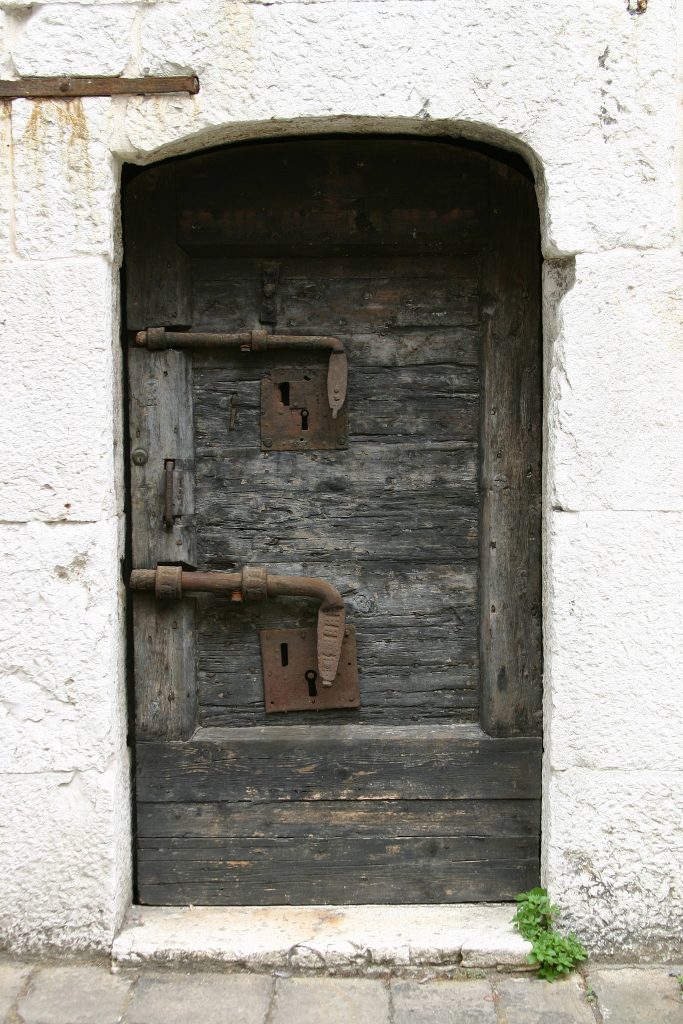 Law abiding citizen or not, people expect local governments to keep them safe, especially from dangerous conditions on public property. But, just how much responsibility do local governments have in keeping public grounds safe? This question was recently answered in a case coming out of Lafayette Parish.
Law abiding citizen or not, people expect local governments to keep them safe, especially from dangerous conditions on public property. But, just how much responsibility do local governments have in keeping public grounds safe? This question was recently answered in a case coming out of Lafayette Parish.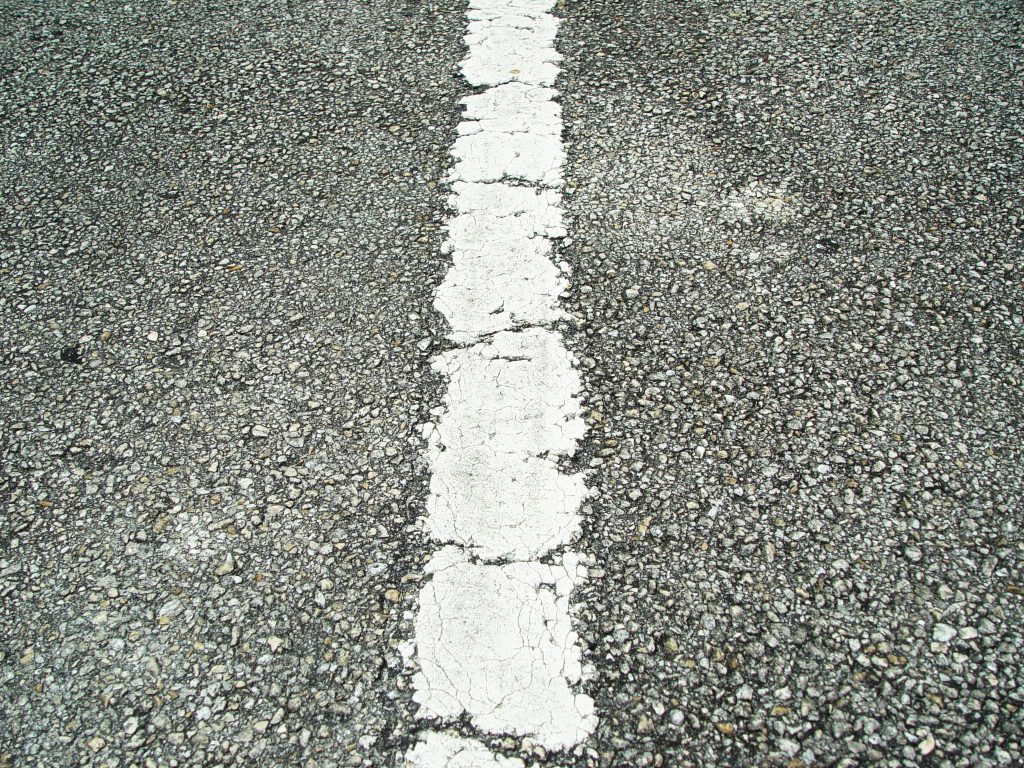 Automobile accidents are an unfortunately common occurrence; becoming increasingly more common with the temptations of texting and social media use while driving. While not all accidents result in life-threatening injuries, they do most often come with at least the headache of assigning fault. Figuring out who was at fault sometimes comes down to a game of “he said, she said” before a judge or jury. And as the Louisiana Fifth Circuit Court of Appeal recently explained, the judge or jury’s interpretation of that game is difficult to reverse.
Automobile accidents are an unfortunately common occurrence; becoming increasingly more common with the temptations of texting and social media use while driving. While not all accidents result in life-threatening injuries, they do most often come with at least the headache of assigning fault. Figuring out who was at fault sometimes comes down to a game of “he said, she said” before a judge or jury. And as the Louisiana Fifth Circuit Court of Appeal recently explained, the judge or jury’s interpretation of that game is difficult to reverse.